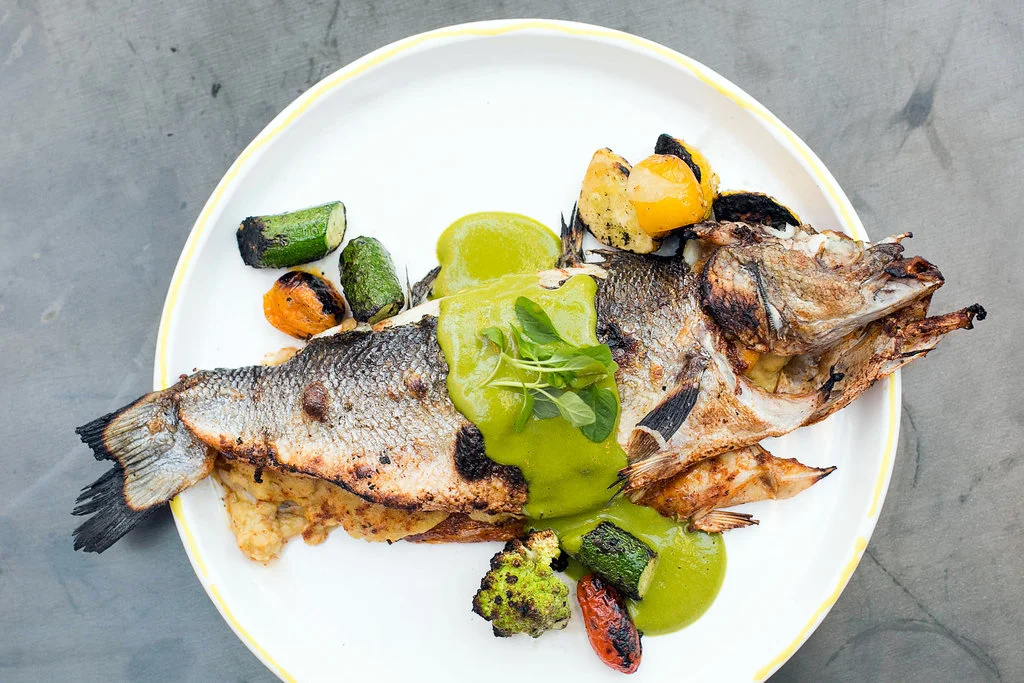Asian-American Cuisine's Rise, and Triumph
This, though, is the new American palate. As a nation we were once beholden to the Old World traditions of early settlers; we now crave ingredients from farther shores. The briny rush of soy; ginger’s low burn; pickled cabbage with that heady funk so close to rot. Vinegar applied to everything. Fish sauce like the underbelly of the sea. Palm sugar, velvet to cane sugar’s silk. Coconut milk slowing the tongue. Smoky black cardamom with its menthol aftermath. Sichuan peppercorns that paralyze the lips and turn speech to a burr, and Thai bird chilies that immolate everything they touch. Fat rice grains that cling, that you can scoop up with your hands.
These are American ingredients now, part of a movement in cooking that often gets filed under the melting-pot, free-for-all category of New American cuisine. But it’s more specific than that: This is food borne of a particular diaspora, made by chefs who are “third culture kids,” heirs to both their parents’ culture and the one they were raised in, and thus forced to create their own.
Could we call it Asian-American cuisine? The term is problematic, subsuming countries across a vast region with no shared language or single unifying religion.
_____________________
From “Asian-American Cuisine’s Rise, and Triumph” by Ligaya Mishan for the New York Times T Magazine. Photo by Anthony Cotsifas.
_____________________
#food #foodie #asian #asianamerican #ginger #soy #fishsauce #palmsugar #cocnutmilk #cardamom #spice #rice #culture #story #stories #thestorybar #whitebear #flushing #queens #nyc







